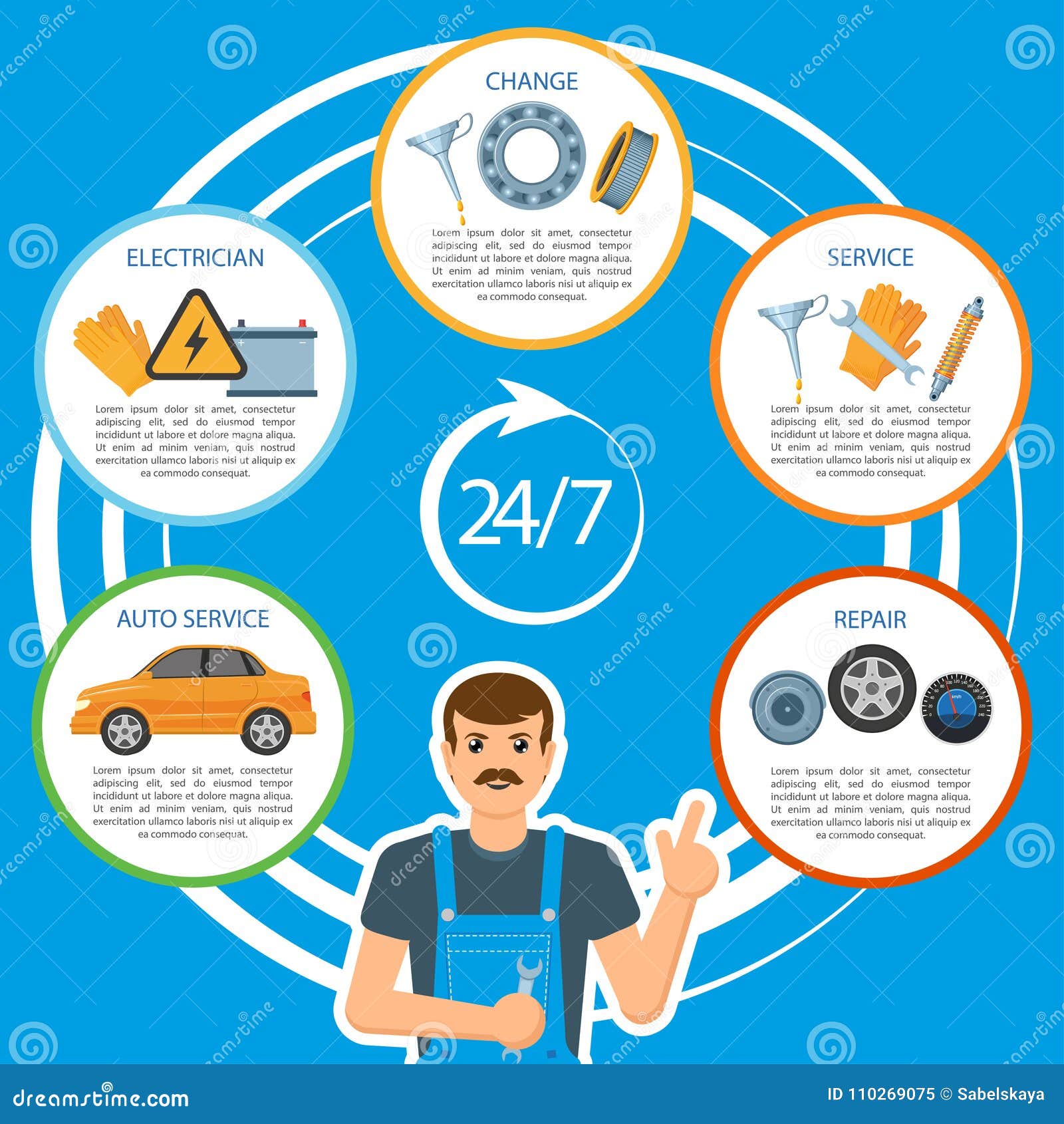When you lag the wheel, those glowing warning lights on your dashboard can be a bit puzzling. Do you know what they're trying to tell you about your automobile's health? Comprehending the relevance of these lights is important for your safety and the longevity of your car. So, the following time one of those lights pops up, would not you intend to decipher its message accurately and take the essential steps to resolve it?
Common Warning Lighting and Interpretations
Identify typical caution lights in your car and understand their meanings to ensure safe driving.
interior detailer include the check engine light, which indicates concerns with the engine or emissions system. If this light begins, it's vital to have your car checked quickly.
The oil pressure warning light indicates reduced oil pressure, needing immediate interest to stop engine damages.
A blinking battery light could suggest a faulty billing system, possibly leaving you stranded otherwise addressed.
The tire stress monitoring system (TPMS) light notifies you to low tire pressure, influencing vehicle stability and fuel effectiveness. Ignoring this can bring about harmful driving conditions.
The abdominal muscle light suggests an issue with the anti-lock stopping system, compromising your capacity to quit promptly in emergency situations.
Last but not least, the coolant temperature level advising light warns of engine getting too hot, which can cause severe damage if not settled swiftly.
Understanding these common warning lights will help you deal with concerns promptly and maintain secure driving conditions.
Relevance of Prompt Focus
Understanding the usual warning lights in your vehicle is just the first step; the value of quickly resolving these warnings can not be emphasized sufficient to ensure your safety and security on the road.
When a warning light illuminates on your control panel, it's your vehicle's means of communicating a prospective problem that needs interest. Neglecting these cautions can lead to extra severe problems later on, compromising your safety and potentially costing you much more out of commission.
Motivate interest to alerting lights can avoid malfunctions and mishaps. For example, a flashing check engine light can show a misfire that, if left neglected, might create damages to the catalytic converter. Addressing this immediately can conserve you from a pricey repair.
Likewise, a brake system alerting light may signify low brake fluid or worn brake pads, critical components for your safety when driving.
DIY Troubleshooting Tips
If you observe a warning light on your dashboard, there are a couple of do it yourself troubleshooting ideas you can try before seeking specialist help.
The initial step is to consult your vehicle's handbook to recognize what the specific warning light shows. Sometimes the concern can be as easy as a loose gas cap causing the check engine light. Tightening up the gas cap may solve the issue.
One more common concern is a reduced battery, which can cause various advising lights. Examining the battery connections for deterioration and guaranteeing they're protected may fix the issue.
If a caution light lingers, you can attempt resetting it by disconnecting the vehicle's battery for a few mins and then reconnecting it. Furthermore, checking your lorry's liquid levels, such as oil, coolant, and brake fluid, can aid repair warning lights associated with these systems.
Final thought
In conclusion, recognizing your cars and truck's warning lights is vital for keeping your vehicle running smoothly and safely. By immediately attending to these signals and understanding what they mean, you can stay clear of pricey repairs and prospective breakdowns.
Remember to consult your auto's manual for specific details on each alerting light and do something about it accordingly to ensure a trouble-free driving experience.
Keep notified, remain risk-free on the road!
